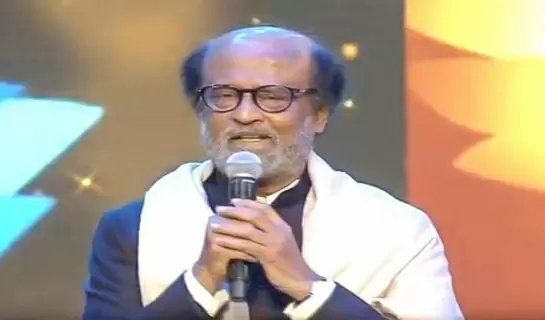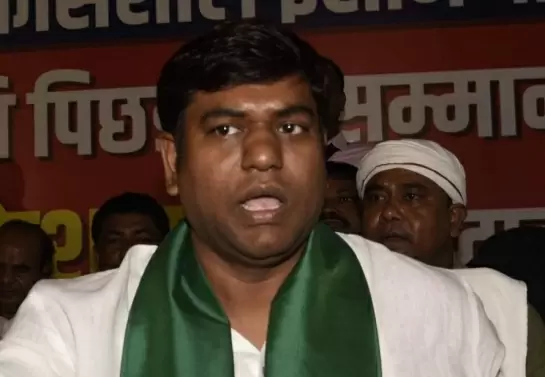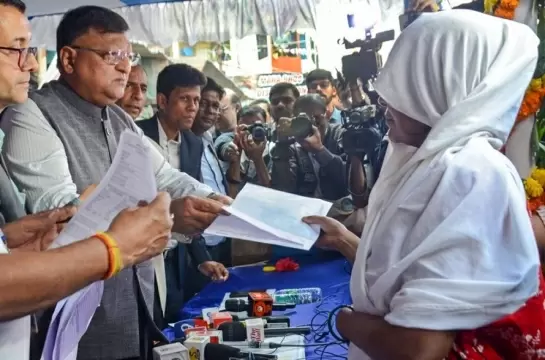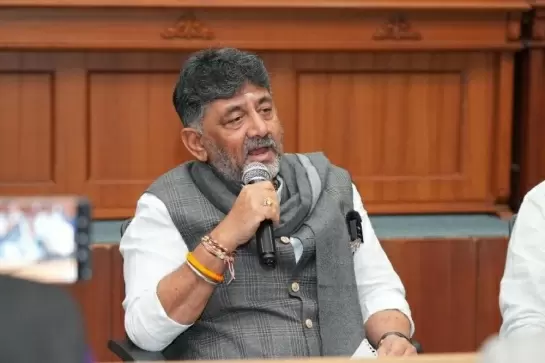Community radio stations to give big push to Modi 2.0's 100-day agenda
16-July-2019
Giving a big push to its 100-day development agenda, and as part of securing people's participation at every level, the Modi government is setting up community radio stations across all the 115 'aspirational districts' in the country.
Community radio stations, which have a reach of between five to 20 km radius and do not need major infrastructure to set up, would be a crucial medium for informing locals about important issues, like government programmes, the weather, agriculture-related information, education, and local events, among others.
"Community radio has been identified as an important focus area in the aspirational districts. It would help in disseminating information at the grassroots level on major issues, like last mile connectivity," a source told IANS.
The Ministry of Information and Broadcasting has been receiving a large number of applications for setting up community radio stations. The applications are first vetted by the Ministry of Home Affairs and the Ministry of Defence, before they are acted upon.
"Over 150 applications have come in, ranging from Jammu and Kashmir to the Andamans. We will interview those whose applications have got the relevant clearance, before giving the go-ahead," the source added.
Educational institutions, Krishi Vigyan Kendras and even NGOs set up community radio stations, which are useful in reaching out to the community. All that these low-frequency stations require is a 50 watt transmitter and a six-foot by six-foot room to set up a 30-metre antenna.
In coastal areas, it is the community radio station that is useful in giving warnings about an impending cyclone, nearby shelters available, how to reach there, and phone numbers etc.
While FM radio stations are there in cities, in far-flung areas it is the community radio that people listen to for information, music and entertainment.
Community radio stations can generate revenue through advertisements, at the rate of seven minutes of ads per hour. However, they cannot do programmes promoting any commercial establishment or any political agenda. Government-run stations get ads from the Directorate of Advertising and Visual Publicity (DAVP).
There are currently over 250 community radio (CR) stations in the country. However, despite their immense usefulness there are still nine states and Union Territories that do not have CR stations.
The Wireless Planning & Coordination Wing (WPC), under the Ministry of Communications and IT, gives the licence to those whose applications are cleared for setting up CR stations. They are allocated frequencies based on the geo-coordinates. The WPC also takes care to ensure that the frequencies of the CR stations do not clash with FM and others.
Community radio stations are self-regulated. While their content is not monitored, there is state-level and district-level monitoring. The ministry also acts on complaints it receives from listeners. The CR stations are mandated to keep recordings of their programmes for up to three months, which the ministry can ask for at any time.
While government agencies and government-run educational institutions can get more than one licence, private educational institutions and organisations and NGOs are given only one licence.
The Broadcast Engineering Consultants India Ltd (BECIL), which is under the Ministry of Information and Broadcasting, helps in setting up the community radio station, right from procuring the equipment to selecting a site. The cost of setting up such a station can range between Rs 15-20 lakh, and the government gives Rs 7.5 lakh as subsidy after the station has been set up.
Near the national capital, 'Salaam Namaste' Community Radio Station, a unit of IMS Noida, is the first CR station of Noida and Ghaziabad and is immensely popular. It broadcasts educational programmes, social awareness programmes, local talent programmes and gives a vocal platform to local people to help solve grievances.
There is also 'Hello Doon', a CR station run by the National Institute for the Visually Handicapped, in Dehradun. The 'Alfaz-e-Mewat' station is successfully run in Mewat, Haryana. The Indira Gandhi National Open University has also been given 40 licences to run CR stations to connect with students in different areas.
Seventeen of the coastal districts across eight states do not have CR stations, which would help inform fishermen and locals about the sea conditions, how to market their produce, and other information.
For schools, CR could be an important way to reach out to students after school hours, in the form of giving tutorials in maths and other subjects. The medium could also be used to educate denotified tribes about livelihood options, on health, nutrition, and hygiene.
A mobile phone is all that people need to catch the frequency and listen in. With CR an important medium to help bring about behaviour change communication, it could be used by women's self-help groups in disseminating information about nutrition, child care, maternal care, when the next iron and folic acid supplements would be given etc. In jails too, CR could be an important medium to bring about behaviour change.
"Community Radio Stations are like the Direct Benefit Transfer scheme, where relevant information regarding government programmes, schemes and other key information is disseminated directly to the locals," T.C.A. Kalyani, Joint Secretary in the Ministry of Information and Broadcasting, told IANS.
Opposition Moves to Impeach Justice G R Swaminathan; Kanimozhi Cites Loss of Public Trust
Akhilesh Yadav Slams Centre, Yogi Govt Over Pollution And SIR Drive
PM, HM Set Out To Become Historians But Became ‘Distorians’: Jairam Ramesh
Under-16s Blocked From Social Media In Australia As Ban Comes Into Force
Armed Man Arrested At Vijay’s Puducherry Rally Venue, Security Tightened









